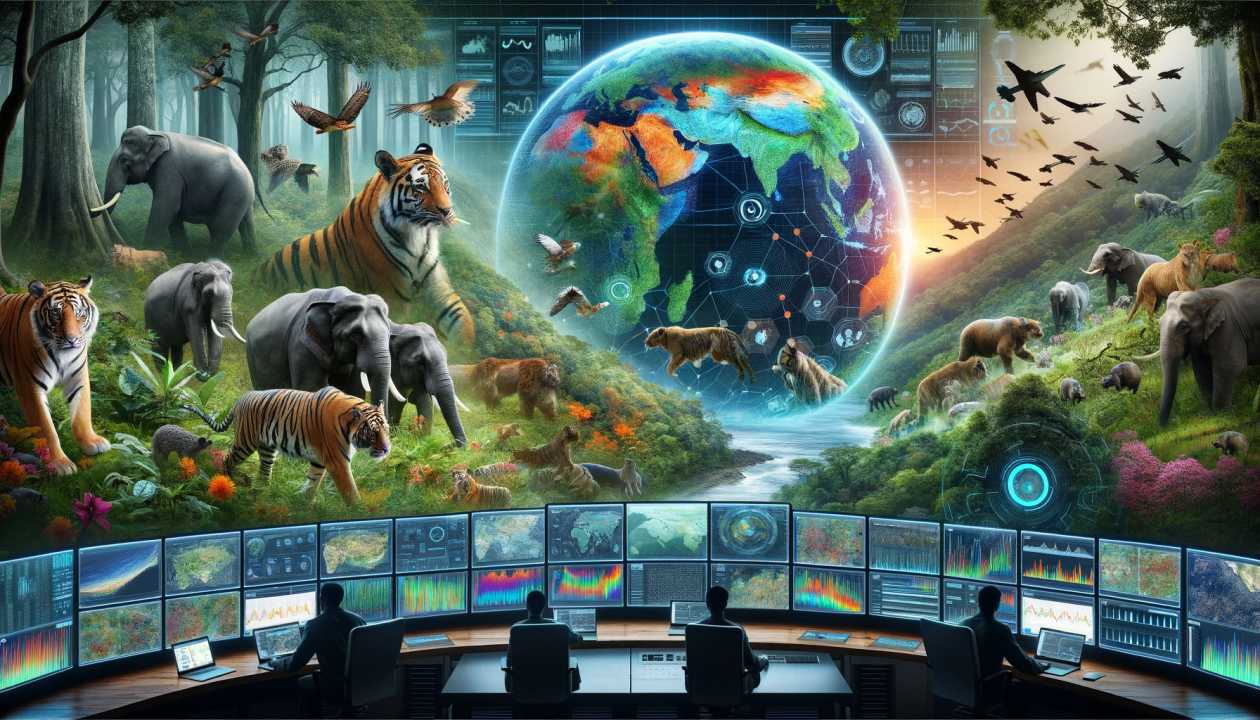justineanweiler.com – As immersive technologies like virtual reality (VR), augmented reality (AR), and artificial intelligence (AI) become more integrated into our everyday lives, concerns about the impact these technologies have on children are growing. Governments, tech companies, and parents are all looking for ways to protect young users from inappropriate content, harmful experiences, and excessive screen time. However, while protecting children is crucial, there’s a growing concern that these efforts could lead to over-censorship, restricting not only harmful content but also creativity, freedom of expression, and innovation.
This article explores the balance between protecting kids from the potential harms of immersive tech and avoiding the pitfalls of over-censorship that could stifle digital experiences for all users.
The Rise of Immersive Technology and Its Impact on Kids
Immersive technologies like VR and AR allow users to enter new digital environments, blurring the lines between reality and virtual experiences. For children, these technologies open up incredible educational opportunities, creative play, and new ways to socialize. For example, VR can transport students to historical events for immersive learning, while AR apps can make storytelling and games more interactive.
However, there are also risks. Some of the concerns surrounding children and immersive tech include:
- Exposure to inappropriate content: Virtual environments can sometimes contain violent, disturbing, or age-inappropriate content that is easily accessible.
- Lack of parental control: It can be difficult for parents to monitor what their kids are experiencing in VR or AR environments.
- Addiction and screen time: The highly engaging nature of immersive technologies can lead to excessive screen time, impacting children’s mental health, sleep patterns, and social interactions.
- Privacy concerns: VR and AR often require personal data, and children are particularly vulnerable to data collection and misuse.
In response, many are advocating for stronger regulations, tighter content filters, and more control over what children can access in these virtual environments. While these protections are necessary, there is a risk of overreaching, leading to a situation where censorship goes too far.
The Risk of Over-Censorship
Protecting kids from the dangers of immersive tech is important, but going too far with restrictions can have unintended consequences. Over-censorship refers to the excessive control over content that could limit freedom of expression, creativity, and access to information. Here are some of the ways over-censorship could negatively affect the digital landscape:
- Restricting Access to Valuable Educational Content: Immersive tech offers amazing learning tools, such as virtual field trips, interactive science lessons, and creative problem-solving activities. However, over-censorship could inadvertently block access to these beneficial experiences. For instance, a VR platform designed to teach history might be censored for showing battle scenes or historical events deemed inappropriate for children, even though they are educational.
- Stifling Creativity and Innovation: Immersive technology allows kids to explore their creativity by building worlds, creating digital art, and experimenting with new ideas. Overly restrictive censorship could limit these creative outlets, turning platforms into sanitized environments where children miss out on opportunities to develop their creative potential. This can discourage developers from creating new, innovative content that could benefit children and adults alike.
- Limiting Social Interaction: Virtual spaces are becoming important for socialization, especially for younger generations. AR and VR platforms can enable children to connect with friends, collaborate on projects, and play in ways that are safe and engaging. However, overly strict censorship could block platforms from offering these social experiences, isolating children from their peers and making it harder to develop critical social skills.
- Hampering Freedom of Expression: In an effort to protect kids, overly stringent censorship policies could inadvertently limit access to diverse ideas, perspectives, and content that help foster critical thinking. Censoring virtual environments too heavily can prevent children and adults from exploring different points of view or engaging with the full range of creative and cultural content available online.
Striking the Right Balance
The challenge lies in finding a balance between protecting children from harmful content and allowing freedom of exploration and creativity within immersive technologies. Here are some approaches that could help strike the right balance:
- Age-Appropriate Filters and Parental Controls: Rather than blanket censorship across all users, platforms can implement customizable filters based on age groups. Parental controls should allow guardians to set boundaries for their children’s virtual experiences while still enabling adults and older teens to access the full range of content. This ensures that protections are in place for younger users without limiting content for everyone.
- Transparent Content Moderation: Tech companies should prioritize transparency in their content moderation policies. Clearly outlining what is being censored and why can help users understand the reasoning behind certain restrictions. Additionally, content creators and users should have the ability to appeal moderation decisions when they feel the line has been drawn too tightly.
- Collaboration with Experts: Working with child psychologists, educators, and ethics experts can help tech companies develop thoughtful guidelines that protect children without over-censoring content. These experts can provide insights into how children interact with immersive tech and what kinds of experiences are truly harmful versus beneficial for development.
- Encouraging Responsible Tech Use: Rather than relying solely on censorship, encouraging responsible use of technology can be a powerful way to protect kids. This includes teaching children about digital literacy, helping them recognize inappropriate content, and fostering open discussions with parents about their online experiences.
- Gradual Rollout of Immersive Tech for Kids: Platforms should be careful in how they roll out immersive technologies targeted toward younger audiences. Instead of offering full access to everything, companies can introduce these technologies gradually, providing age-appropriate versions of their platforms that evolve as children grow.
Conclusion
The rise of immersive technologies like VR, AR, and AI offers incredible opportunities for children in terms of learning, creativity, and socialization. However, in the effort to protect kids from potential harms, we must be cautious not to over-censor these platforms in ways that stifle creativity, freedom of expression, and innovation.
By adopting thoughtful moderation practices, enabling robust parental controls, and fostering responsible tech use, we can create an environment where children can safely explore the digital world without sacrificing the richness of immersive technology. Striking the right balance is key to ensuring that kids are protected while maintaining an open, innovative, and creative online space for all.




